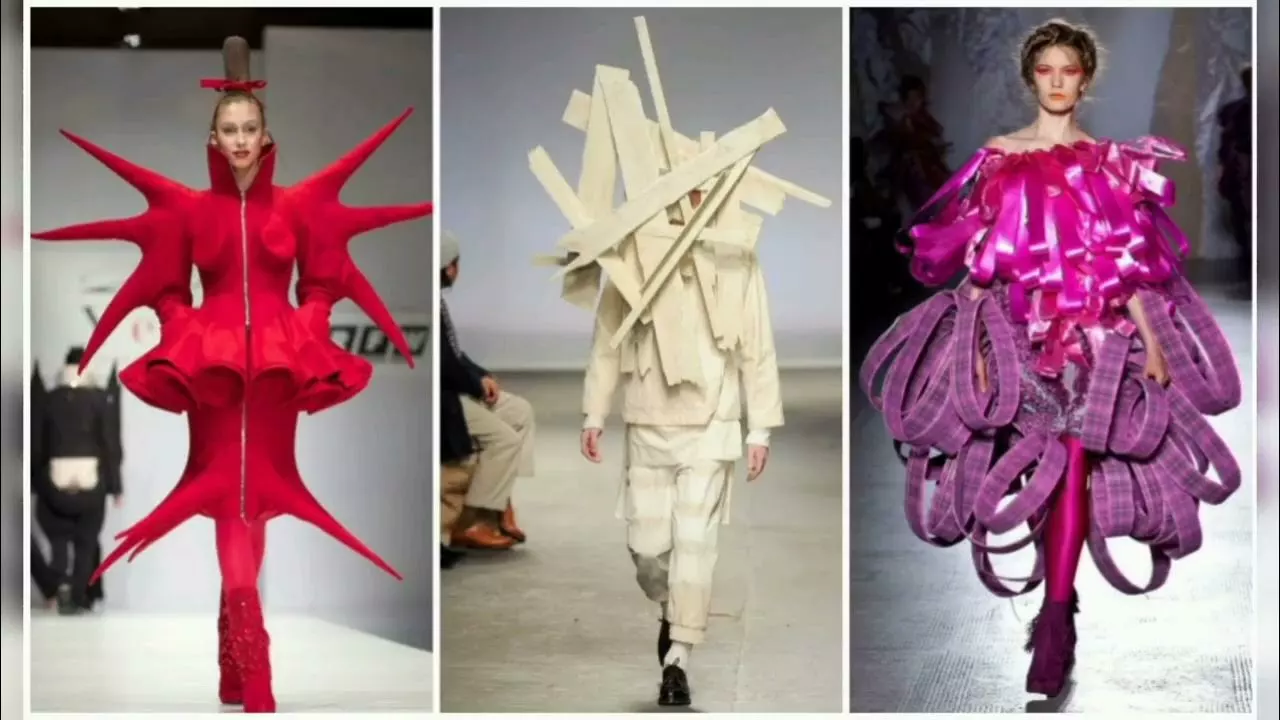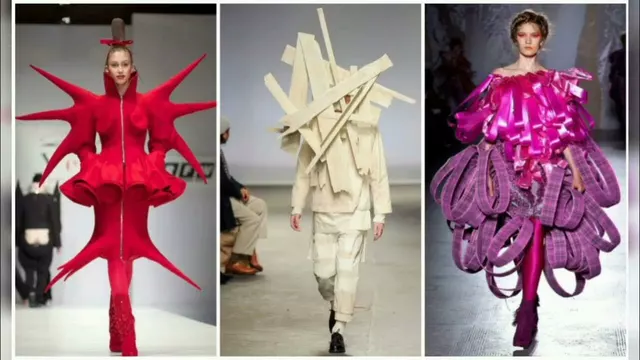Understanding the Concept of Runway Fashion
When it comes to runway fashion, many people often wonder why the clothes showcased are so outlandish and seemingly unwearable in everyday life. It's a common misconception that runway clothes are meant to be worn as-is by the average person. In reality, the purpose of these eccentric designs is to make a bold statement and convey the designer's artistic vision.
In this article, we'll delve into the world of runway fashion and explore some of the reasons behind the seemingly weird and wacky outfits that grace the catwalks. We'll also discuss how these designs eventually translate into wearable fashion trends for the masses.
The Role of Art and Creativity in Runway Fashion
Runway fashion is, at its core, an art form. Designers use the runway as a platform to showcase their creativity, pushing the boundaries of what is considered "wearable" and challenging our perceptions of fashion. The garments displayed are often conceptual, designed to inspire and provoke thought rather than to be worn as-is by the general public.
As a result, runway fashion often incorporates unusual materials, exaggerated silhouettes, and avant-garde design elements that may not be practical for everyday wear. These bold statements help to set the tone for upcoming fashion trends and inspire other designers to think outside the box.
Creating a Spectacle to Generate Buzz
Another reason runway clothes tend to be so outlandish is to generate buzz and create a memorable experience for those in attendance. Fashion shows are, after all, a form of entertainment, and designers want their collections to stand out and leave a lasting impression.
By creating extravagant and eye-catching garments, designers ensure that their shows are talked about and remembered, generating publicity and hype for their brand. In today's fast-paced, social media-driven world, this kind of attention can be incredibly valuable in helping designers stand out from the crowd and secure their place in the competitive fashion industry.
Runway Fashion as a Marketing Tool
While the designs seen on runways may not be directly translatable to everyday wear, they serve an important purpose in the world of fashion marketing. The runway shows act as a visual representation of a designer's brand identity and help to establish their unique aesthetic.
These exaggerated, artistic designs then trickle down into more wearable, commercial collections that are sold in stores. By first establishing their brand identity through runway fashion, designers are able to create a cohesive and recognizable look across their entire product range, making it easier for consumers to identify and connect with their brand.
The Evolution from Runway to Retail
Although runway clothes may seem bizarre and unattainable, they play a crucial role in shaping the fashion trends that eventually make their way into our wardrobes. Designers use the runway as a testing ground for new ideas, and the most successful and well-received concepts are then adapted into more practical, wearable designs for the mass market.
This process of evolution from runway to retail can be seen in many fashion trends over the years, from oversized silhouettes and bold prints to statement accessories and innovative fabric technologies. Ultimately, the outlandish runway designs we see today are an essential part of the fashion ecosystem, helping to inspire and inform the styles we wear tomorrow.
Appreciating the Artistry and Influence of Runway Fashion
In conclusion, runway fashion may seem weird and impractical, but it's important to remember that it serves a purpose beyond mere aesthetics. The creativity and artistry showcased on the runway drive innovation and inspiration within the industry, while also generating buzz and establishing brand identities.
As consumers, we should appreciate the art behind these designs and recognize the influence they have on the fashion trends we see around us. By understanding the role of runway fashion in the wider fashion ecosystem, we can better appreciate the creativity and skill required to create these unique and captivating garments.

